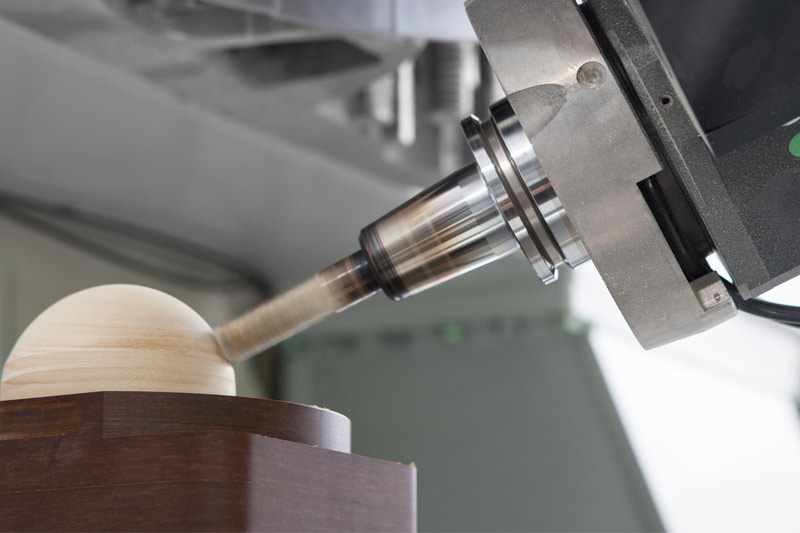In the previous blog we mentioned that how to choose the right tool. Today, Blue Elephant takes you to learn the precautions for installing and removing engraving machine tools.

We all know that it is a very important step to install and disassemble tools when using the engraving machine, so we need to master the correct installation method and process. The following are the precautions for installing and removing engraving machine tools:
- Before installing the tool, first check whether the knife has wear, such as chipping, serious wear, etc. If there is any of the above, we need to replace the new knife or repair the tool before using it.
- The surface of the tool must be cleaned before installation. And we need to carefully remove the gasket and the burrs to prevent the dirt and burrs from affecting the accuracy of the tool installation position.
- When clamping the tool with a gasket, the end of the gasket must be parallel to each other as much as possible. If it is found that the milling cutter is skewed after installation, we should adjust the gasket position to minimize the cumulative error of the gasket until the milling cutter does not shake after the machine starting.
- When the taper shank milling cutter is installed, the taper between the milling cutter, the intermediate sleeve and the spindle must be matched, and the installation center should be concentric with the tool center as much as possible.
- After the shank is inserted into the spindle, we need tighten the milling cutter with a tension screw. It should be noted that the direction of rotation of the milling cutter must be consistent with the direction of the thread so that the thread is more tightly connected to the milling cutter during rotation, which avoiding the risk of the cutter being pulled out.
- Under not affecting the processing, try to make the milling cutter close to the spindle bearing and make the hanger bearing as close as possible to the milling cutter. If the milling cutter is far from the spindle bearing, a hanger bearing should be installed between the spindle bearing and the milling cutter.
- After the milling cutter is installed, check the relevant gasket and nuts again to prevent loosening. And check the diameter or end jump of the milling cutter with the dial indicator to see if it is within the allowable range.
- After the tool is removed, it should be hung on the shelf to prevent the tool from bending and deforming. In special cases, when horizontal storage is required, we need to pad the tool with a sawdust or other soft object to prevent scratches and deformation.


